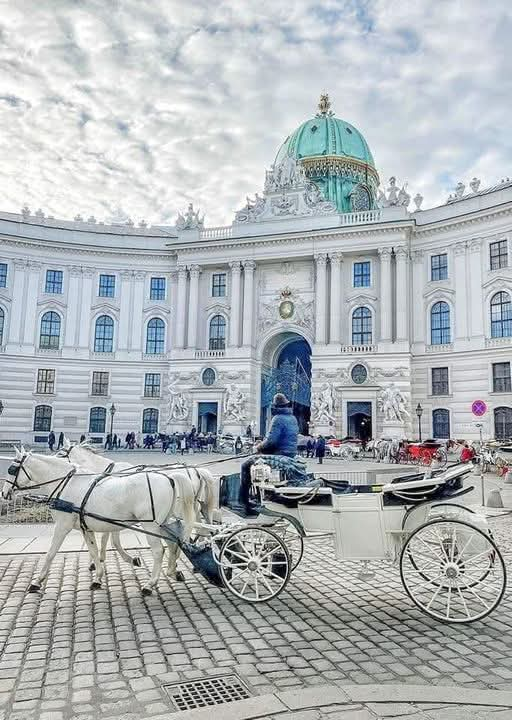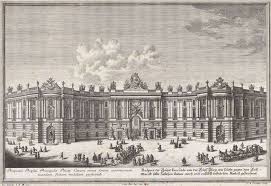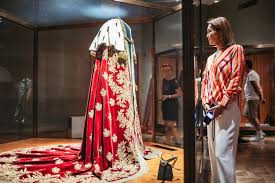
By Tequila Mockingbird
Los Angeles, CA (The Hollywood Times) 12/31/24 – I recently sat down with writer Charles A. Coulombe for a deep dive into Austrian history, and within just two hours, I found myself completely immersed in the folklore and imperial splendor of Vienna.

The Hofburg Palace, an iconic landmark in the heart of the city, is a breathtaking sight. As I wandered through the courtyard, I marveled at the magnificent carriages drawn by beautiful white horses as they clattered across the cobblestones. The atmosphere was one of pure grandeur, and I couldn’t resist the urge to take a ride—an experience that became even more enchanting after I toured the palace’s stunning interior.
Inside, the rooms of the museum were filled with relics of such opulence that I could hardly believe my eyes. It was an immersive experience in both history and art, revealing a side of royal life I had never encountered before. The spiritual reverence within these walls was palpable, with each piece of royal regalia on display a testament to the divine authority and influence of the Habsburgs.

I was especially struck by the regal costumes worn by royalty, each a masterpiece in itself. There was even a nail purportedly from the True Cross—a relic that further underscored the sacred nature of the Holy Roman Empire’s legacy. Baptismal fonts, sacred vessels, and other priceless artifacts filled the museum, providing a glimpse into the history and majesty of one of Europe’s most powerful dynasties.
The Rich History of the Hofburg Palace
The Hofburg Palace in Vienna is not just an architectural marvel; it is a symbol of Austrian history, culture, and the power of the Habsburgs. Here are a few key highlights:
- Origins: Construction began in the 13th century as a modest castle for the Dukes of Austria.
- Habsburg Power: As the Habsburg family rose to prominence, the palace expanded. From 1438 to 1583, and again from 1612 to 1806, it served as the seat of the Holy Roman Emperors.
- Imperial Residence: From 1806 until the end of World War I in 1918, the Hofburg served as the primary residence of the Emperors of Austria.
- Architectural Evolution: Over the centuries, the palace’s design evolved with contributions from various emperors, blending Gothic, Renaissance, Baroque, and Neoclassical styles.
- Historical Significance: The Hofburg hosted pivotal events in European history—from royal weddings and coronations to political meetings and social gatherings. For centuries, it was the center of Austrian power and influence.
- Modern Use: Since 1946, the Hofburg has served as the official residence and workplace of the President of Austria.
Today, the Hofburg is a complex of museums, buildings, and offices that offer visitors a window into the magnificent past of the Habsburg dynasty and the enduring legacy of Austria. A visit to this awe-inspiring site is like stepping back in time, offering a unique blend of history, culture, and art that is not to be missed.